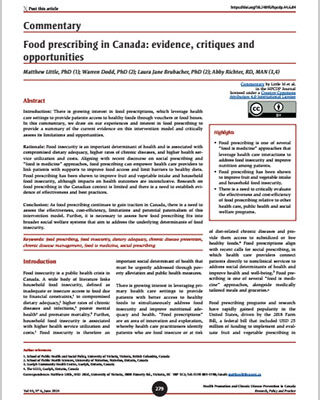Blue Cross and Blue Shield of North Carolina (Blue Cross NC) launched a 6-month food delivery and health coaching pilot among low-income members with type 2 diabetes as a proof-of-concept of the feasibility and potential efficacy of a payer-delivered food insecurity intervention. Participants received $60 in groceries delivered to their home twice per month. Health advisors provided weekly support to identify, refine, and advance toward achieving one or more health goals. Baseline and 3- and 6-month surveys assessed self-reported food security, body mass index (BMI), hemoglobin A1c levels, physical and mental health, and member satisfaction. Medical expenses were extracted from claims data for the 6 months before and 6 months after pilot enrollment. Blue Cross NC analyzed results for the 555 members who completed the program (Completes) and the 327 members who partially completed it (Partials). Participants were satisfied with food delivery frequency (81%) and amount of food in each box (82%). Partial participation was associated with decreases in food insecurity (25% to 18%), BMI (35 to 34 kg/m2) and percent obese (76% to 71%), and increases in the percent at or above U.S. average physical (57% to 74%) and mental (68% to 94%) health scores. Complete participation was associated with decreased food insecurity (38% to 20%), BMI (35 to 33 kg/m2) and percent obese (72% to 61%), and increases in the percent scoring at or above U.S. average physical (51% to 65%) and mental (70% to 80%) health measures. Complete participation was associated with a reduction of $139 per member per month (PMPM) in total medical costs and an increase of $8 PMPM in pharmacy costs, suggesting greater medication adherence. Partial participation was associated with a decrease of $10 PMPM in pharmacy costs and increases in all other cost types. Extrapolating the estimated reduction of $139 in PMPM with 6-month participation to all eligible members, the authors estimate the potential for medical expense reductions as $8.5 to $13.1 million annually. The results of this proof-of-concept are a first step in understanding the role payers could play in addressing unmet social needs that have profound consequences for health.
Read The Full Article at New England Journal of Medicine Catalyst







